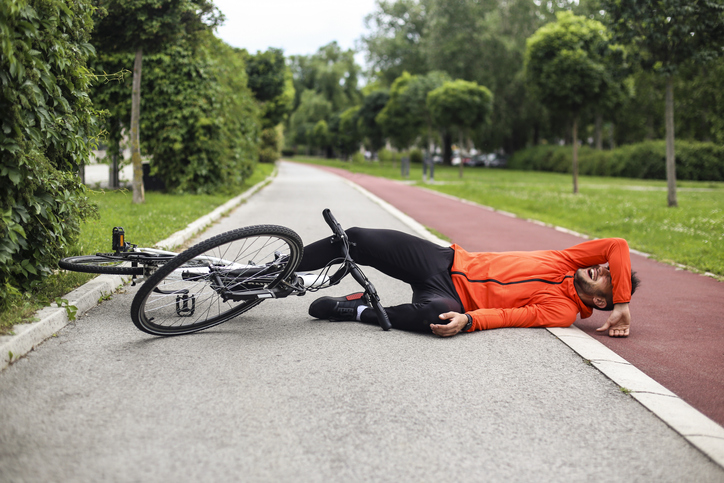A large segment of teenage drivers are now choosing to delay getting a driver’s license until after they finish high school. According to the AAA, that accounts for a large proportion of the young driver population that is choosing to simply bypass safeguards that are included in the Graduated Driver’s License Program in California.
California’s GDL program is one of the toughest in the country, and places a number of restrictions on novice drivers, before they are granted a full license. Those restrictions include a minimum of 50 hours of supervised driving for the novice driver, and restrictions on the number of teenage passengers in the car, and nighttime driving restrictions. Any intermediate license holder is not allowed to drive with teenage passengers for the first 12 months. He’s also not allowed to drive between 11 PM and 5 AM.
Those restrictions help foster a sense of responsibility, and help teenage drivers avoid the risk of car accidents during nighttime driving, and help them avoid distractions that can set in when they are driving with teenage passengers. However, according to AAA, many teenagers now delay getting a driver’s license. As many as one in three teenagers now chooses to delay getting a license until he has turned 18, and that means that these drivers may miss out on many of these restrictions under the GDL program.
The AAA study found that teenagers from low income families were much more likely to delay getting their driver’s license, compared to teenagers from upper-income families. Many black and Hispanic teens in the AAA study admitted that they delayed getting their driver’s license until they were 18.
While this delay in teens getting driver’s licenses has contributed to a drop in teen fatalities, it also means that many novice drivers are out there with very little practical and structured training under the GDL program.


